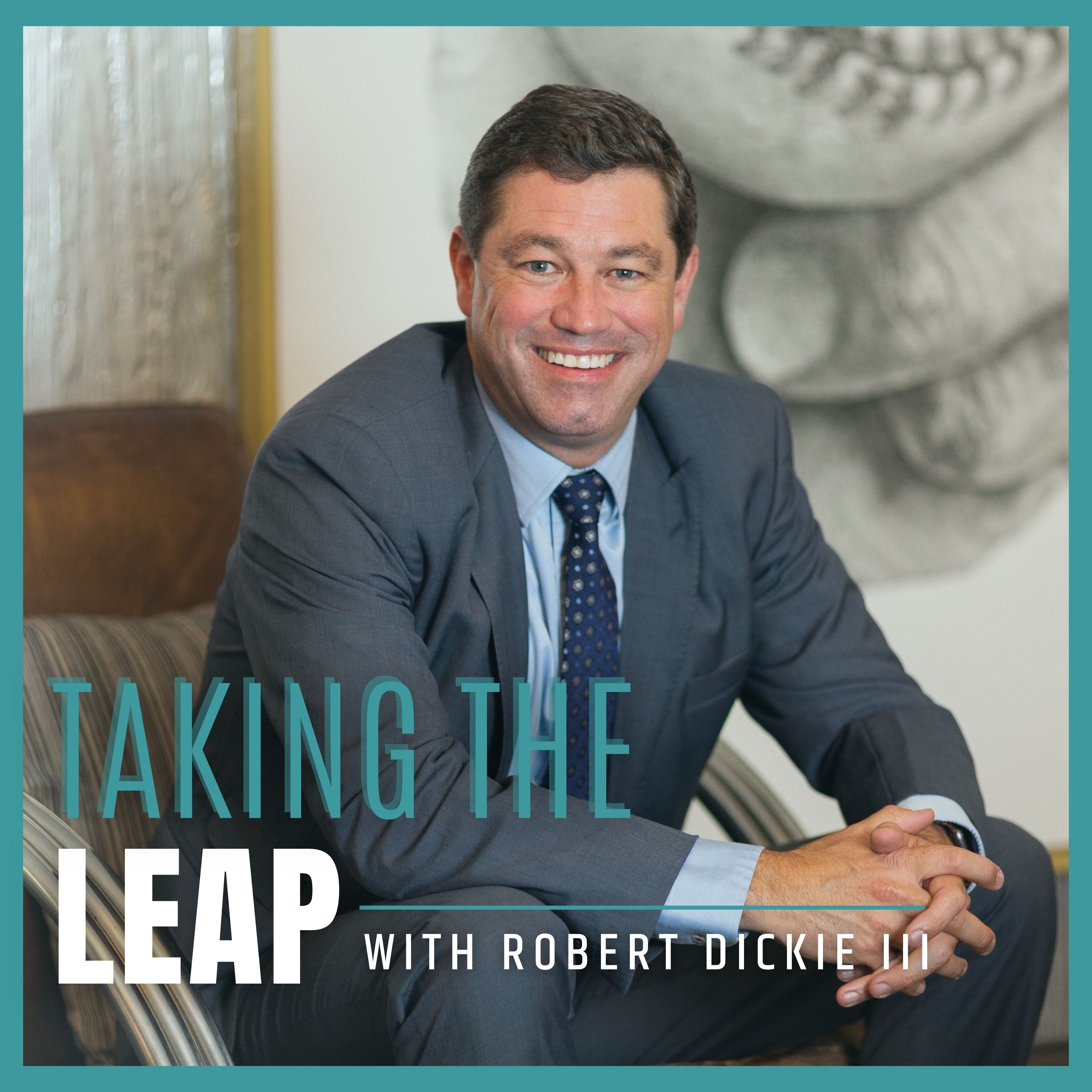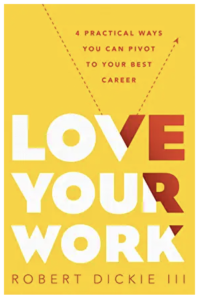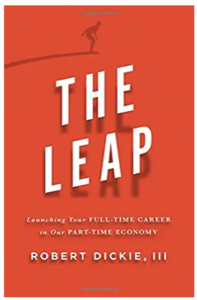White Paper presented at CEF, Beaver Creek, CO, 2021
One of my favorite historical videos is a clip of the Today Show from 1994 where Katie Couric and Bryon Gumble are asking, “What is Internet? Do you write to it like mail?” It was an honest discussion in the moment, but 27 years later, people listening to their comments find them hysterical. The world we inhabit has become digitally connected, with every industry and corner of the globe impacted by technology. This nascent and totally misunderstood industry of the early 1990’s, in short order, revolutionized every aspect of human life.
In the same fashion, I believe we stand at a similar point today with blockchain and cryptocurrencies globally. Far from being understood with mass adoption, we are in the early stages of development and public exploration. Myths and misunderstandings dominate the narrative from the early Mt. Gox failure to the FBI shutting down the Silk Road to the meme tokens of Crypto Kitties and DogeCoin to the insider lingo that consists of “Laser Eyes” and “Diamond Hands.” It can seem a little crazy looking from the outside in. The key is to find where true advancements are being made that will change the world. The 2017 initial coin offering (ICO) craze that led to many “meme tokens” and outright crypto frauds that were eventually shut down dominated the news and the narrative of the space and prevented mass media from seeing and understanding that real innovation was taking place in other parts of the ecosystem. Since then, revolutionary technologies have been built and launched on multiple blockchains providing real-world utility.
At the forefront, the decentralized finance (Defi) revolution is fully underway, providing banking, saving, lending, and transaction opportunities to a vast majority of the world’s unbanked population. One of the greatest advancements for good in the past 20 years is the democratization of education due to technology and web 2.0 advancements, to allow anyone in the world with an internet connection to be able to receive a world-class education. (EdX.org, Coursera.org, KhanAcademy.org) It is possible that the democratization of finance being enabled by blockchain advancements and new web 3.0 apps will provide even greater global benefits. The advancements in Defi are often not seen in developed countries with robust infrastructure and access to global banking and financial systems. However, in emerging markets where banking services are scarce with added government instability, currency devaluations, and the threat of seizure of assets, adoption of these new Defi protocols are happening at a rapid pace.
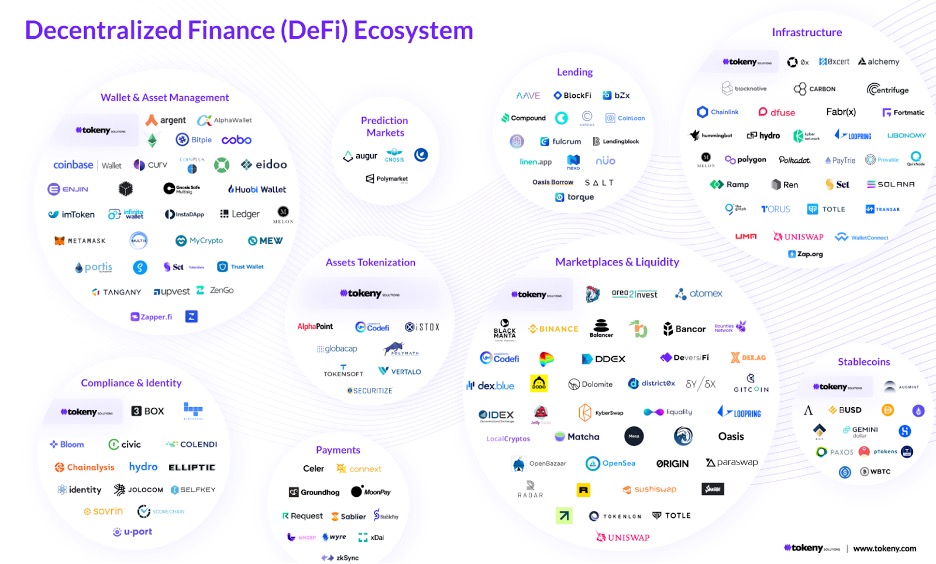
For example, remittance payments from expatriate workers abroad support many families globally and are a large percentage of GDP for many countries. Western Union stood at the center of this global payments transfer for decades, and the entire business model is being upended by Defi advancements with the ability to send payments directly and privately to family members on their smartphones faster and cheaper. According to the World Bank, global remittance payments in 2020 were down roughly 20%. This is not due to Covid related issues but rather people are quickly moving to Defi protocols that allow them to move money faster, cheaper, and with more convenience outside of the traditional systems of the past. Below is a list of top economies that receive the largest USD remittances annually.

When discussing the blockchain revolution, it is easy to stay focused on cryptocurrencies like Bitcoin and the Defi revolution, with Ethereum and the entire ecosystem of finance and banking-related products and services that are being used globally. The Defi space is made up of many companies like Balancer, Compound, Aave, Yearn Financial, Chainlink, Synthetix, Dodo, TornadoCash, Nexo.io, Arbol, and many more. (See the graphs included below.) However, only studying decentralized finance would cause you to miss out on the larger narrative and other aspects of the blockchain revolution that are impacting other areas of our daily lives. New utilities are being developed and deployed for agriculture, art, charity, e-commerce, healthcare, IOT, supply chains, privacy, gaming, real estate, insurance, loyalty programs, and even voting and governance. A real movement is underway in building the next phase of the internet that will be much different from the world that we have interacted with over the past 30 years.
For example, here are a few web 3.0 projects that are being built on a decentralized blockchain that are providing real-world utility and value that I believe have promise. Radical is a new decentralized blockchain app for programmers to store and share code peer-to-peer. It competes head-to-head with Github, which was bought by Microsoft in 2018 for $7.5B, with its 50 million-plus global users. The next generation of programmers openly question the security of having all their code controlled by Microsoft in a centralized platform and are looking for other alternatives. Radical (Rad) aims to provide a new alternative. The co-founder of YouTube started Theta which is providing a real-world utility allowing a peer-to-peer file-sharing program similar to BitTorrent, with a focus on allocating bandwidth to make it more efficient and reduce excess bandwidth usage and fees. This is the next generation of video viewing. Samsung has signed on as an early partner. Helium (HNT) is a project to build what is being called “the people’s network.” Instead of corporations building the next-generation wireless networks, the average American renters, homeowners, or business owners can place a small device in their homes or businesses that uses LongFi technology with LoRaWan gateways and the helium blockchain which provides next-generation coverage and connection for all “internet of things” (IoT) devices. Property owners are paid for providing this service in HNT, a cryptocurrency that is used to power the network. Investors include top venture funds like MarcBenioff, GV, and FirstMark, with companies like Salesforce and Lime signing on to use the service. We have seen the issues of centralized file and data storage in the cloud with Amazon Web Services (AWS) and Microsoft. FileCoin and Golem both have decentralized blockchain services that allow the storage of data and files on individual computers using a peer-to-peer system, circumventing the centralization of services like AWS. These are just a handful of projects providing real-world utility that have the potential to upend major players in the tech space today. Blockchain protocols are being used to create Decentralized Autonomous Organizations (DAOs), utilizing new forms of voting and governance that can radically change and democratize how organizations are governed in the future. Interestingly, the state of Wyoming earlier this year became the first state to officially recognize a DAO as a legal entity like an LLC. Organizations that were formed as DAOs include Uniswap, Avae, Maker, and Compound, all of which are Defi projects.
Often, it is good to go back to the start to get more perspective on the timeline and story arc of advancements. It’s hard to remember the world before the internet and before we were connected to a supercomputer in our hands almost 24 hours a day, but most of us at CEF are old enough to remember life “before” and what it was like at the dawn of the internet age. As we all know, the start of the internet (Internet 1.0) was comprised of web pages with hyperlinks between pages and became known as the “read-only” internet. This quickly moved to the next phase (Internet 2.0) around 1999, with user-generated content (blogs, social media) and with vast applications that have been built to give a deeper and richer user experience and interconnectedness. Both of these phases radically changed the world and the global economy. We are now at the early stages of the next phase (Internet 3.0), called “the semantic web” by world-wide-web inventor Tim Berners-Lee, which he calls a “more autonomous, intelligent and open internet.” Werner Vermaak says, “The Web 3.0 definition can be expanded as follows: data will be interconnected in a decentralized way, which would be a huge leap forward to our current generation of the internet (web 2.0), where data is mostly stored in centralized repositories.” In short, blockchain and cryptocurrencies with their decentralized protocols and nodes will be a central part in building and expanding the next generation internet which will take us quickly to web 4.0, or the “symbiotic web,” where the boundaries between man and machine will blur. A blending of artificial intelligence, virtual reality, and internet of things will mark the beginning of a true metaverse and new human experience. I will not dive into any of these in this paper as there are books, podcasts, and websites that cover these phases and potential benefits and risks extremely well.
This white paper is not meant to be an apologetic for blockchain but rather a primer for those who have not already taken the orange pill and gone deep down the rabbit hole in crypto land. Many experts in this space have said that 50 hours of intentional research can give the novice a good grasp of the key concepts and developments. My goal in the next few sections will be to outline some key blockchains, terms, utilities, websites, books, and podcasts to help people on their journey if they are looking for more information. These are resources I have found insightful as I have been researching this space for a couple of years now.
The crypto crowd is an interesting group of people, to say the least. I’ve tried to explain to my non-crypto friends that, to truly understand the maximalists in this movement, you need to understand they are a perfect blend of a European soccer fan, religious fanatic, Wall Street day trader, and techno-geek rolled into one. Generally, they are fanatical, true believers ready to convert those on the outside with no fear of proselytizing as well as tech natives with a deep understanding of multiple tech disciplines. Although there are many subsets of this group, the two largest blockchains in terms of market cap are Bitcoin and Ethereum, and both have ardent supporters. They love debating which protocol is better with more vitriol than New York Yankees and Boston Red Sox fans or Manchester United and Liverpool fans. For many, Bitcoin has won the narrative of “digital gold” and portrays itself as the best store of wealth on the blockchain, with a limited 21 million coins that can be issued, thus having an anti-inflation monetary policy they love to promote. At the time of this writing, it has a market cap of $732 billion with 19 million coins in circulation. The ethos of this group is more libertarian with a negative view of centralized government, fiscal policy, and global monetary policy. A key thesis of Bitcoin maximalists is that the global system is broken, inflation is coming, and Bitcoin is the best store of value for the future.
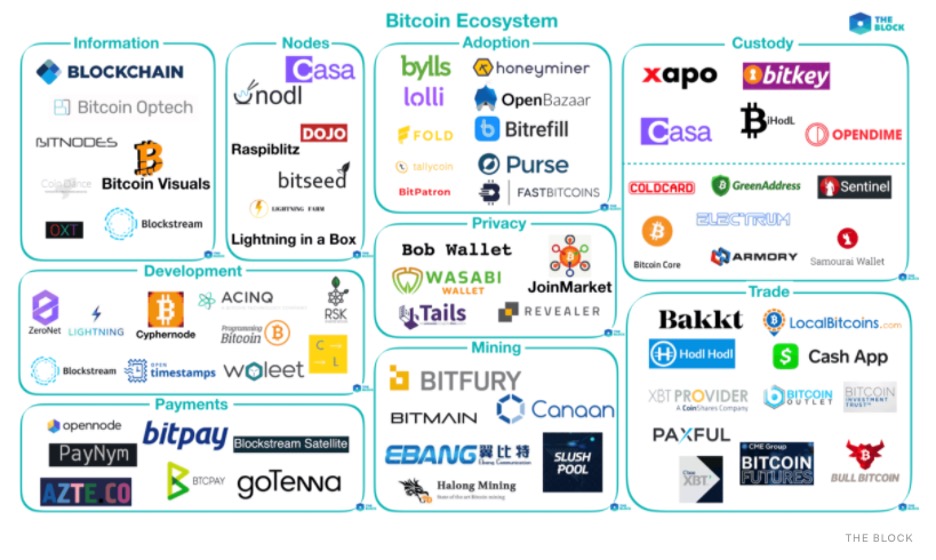
Ethereum is the second largest blockchain with a market cap of $289.9 billion and 116.3 million tokens in circulation. Ethereum has been called the world’s first global decentralized computer, with some calling it the next generation Amazon Web Services (AWS) for the new internet. It sits at the center of the decentralized finance (Defi) space, with a vast majority of the new decentralized applications (dapps) being built in layer two on this blockchain. Ether, or “ETH,” is the currency that is used for transactions in this network, commonly referred to as “gas fees.” The Ethereum crowd is different than bitcoin and tends to be more liberal in their viewpoints. They still believe in decentralization, have a rational fear of government and fiscal and monetary policy, but tend to hold views that transparency and openness are key ideals in their system. This year, major advancements are happening with Ethereum to include EIP-1559 and a movement from proof of work (PoW) to proof of stake (PoS), which will further distinguish it from Bitcoin and could help make it less energy consuming to run the blockchain. (These are concepts you can study at a later time.)
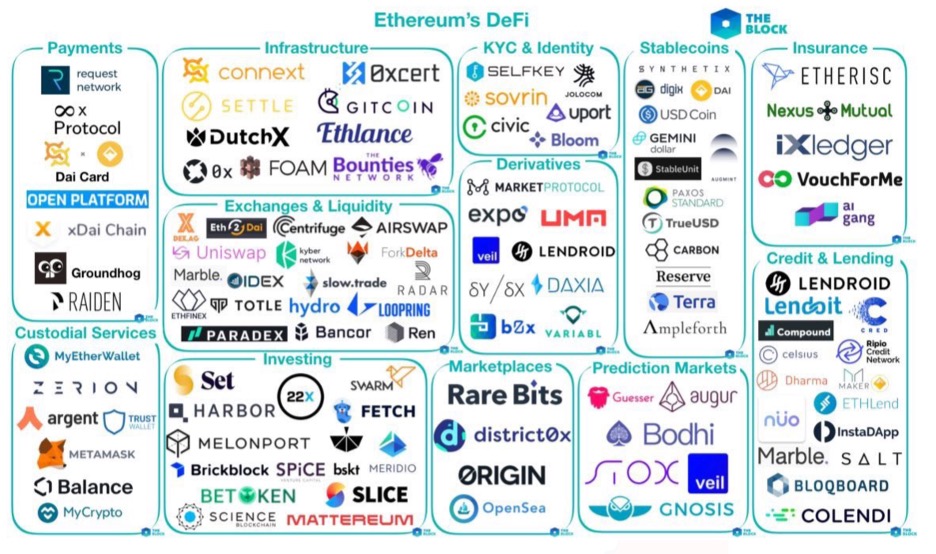
The easiest on-ramp to read white papers on each of these blockchains and to start investing are centralized exchanges. Think of this as your Crypto TD Ameritrade account. These include Coinbase, Gemini, Kraken, Binance, and many more. Coinbase just went through an IPO in the US and has a great UI/UX experience; it is generally the starting point I recommend to people. These exchanges report transactions to the IRS and follow Know Your Customer “KYC” laws along with anti-money laundering laws “AML.” They are very reputable and fully transparent with all your interactions.
Decentralized exchanges (DEXs) are slightly different. Gemini gives this definition. “Although centralized exchanges (CEXs) currently dominate cryptocurrency trading activity, decentralized exchanges (DEXs) are growing in popularity. DEXs facilitate peer-to-peer trading by relying on automated smart contracts to execute trades without an intermediary.” These include Uniswap, SushiSwap, PancakeSwap, 1inch, and MDex. I personally prefer Uniswap. These exchanges allow you to transact peer to peer with no middleman acting as an intermediary. Depending on how you use these exchanges and services they offer, it is possible to obfuscate your transactions more than you can on the centralized exchanges.
Now that you know where to go to invest in these blockchains, you need a wallet to store your coins/tokens. Coinbase and other exchanges will allow you to keep your coins/currency in a wallet in their system, but if you want to start investing in other lower-market-cap projects that are just getting started, you will need to move your coins to a wallet to be able to purchase things that are not on the main exchanges yet. The following are online wallets that allow you to have access via an app on your phone or computer. Some wallets will support specific blockchains, like Argent which is only for Ethereum-based tokens and coins. Others like MetaMask and Trust Wallet are agnostic and allow you to purchase and store currencies from multiple blockchains.
Online wallets are great for ease of use. Think of them like accessing your online bank account or TD Ameritrade account. However, one key attribute that fans of cryptocurrencies like is the ability to hold these assets in a personal wallet, or “cold storage,” where you have 100% control over it, and no exchange or other entity could block you from using it or seize it. You have access to this 24 hours a day. There is no way for the government to seize it, no way for hackers to steal it, and no way for banks or institutions to close the window and say you can’t withdraw it, like what has happened in countries around the world. Offline storage, or “cold storage,” happens with a wallet that is on an encrypted USB drive. The one I personally recommend that is one of the largest used in the industry is Ledger. They have many different versions, and I like Ledger Nano X the best. Trezor is another option to consider.
You may be wondering what you can purchase with the wide variety of cryptocurrencies you might have in your online or offline wallets. Nonfungible tokens (NFTs) are opening up a new landscape for consumers. Everything from digital art, music, and even event tickets are being tokenized and are available for purchase on the blockchain. NFTs allow for the ownership or fractional ownership of digital goods and services. Mark Cuban, owner of the Dallas Mavericks, has become an early adopter, seeing the massive potential of selling his NBA tickets as NFTs. In the past, a ticket holder could scalp this ticket in aftermarkets for greater than the face value of the ticket with none of the appreciation of value going to the Mavericks. As an NFT, this ticket can be coded so that anytime it changes hands for an increase in value, the Mavericks get 10% of the upside. Artists who sold their work for $5,000 early in their careers, only to see that work appreciate in value over the years to be worth millions, never had the ability to capture any of the upside increase. If that work is sold as an NFT, the contract can be written that for any future sale, the original artist is able to get X% of the value increase. Musicians and artists seeing the benefits of this are already moving in this direction, and we will see radical shifts in the art and music world—cutting out the middlemen, having a relationship directly with their customers, and receiving more of the profits of their work. Rarible is a marketplace for NFTs along with OpenSea. The Foundation App is building itself to be the gateway to the entire NFT landscape. All three will provide insight into the changes currently underway.
How large is the global market for digital goods and services? Look no further than the movement currently underway with young people in the gaming industry where $180.1B of anticipated revenue is expected in 2021. In the Android app store, 74 cents of every dollar is spent on games, with 95% coming from in-app purchases. Avid video game players are accustomed to spending thousands of dollars to build and equip their avatars in their favorite games, with everything from clothing, weapons, special powers, and dance moves to advance in their preferred metaverse. Social standing with their avatars in the metaverse is just as important—and many times more important—than social standing in the physical world. Top games include Roblox, Minecraft, World of Warcraft, Clash Royale, Among Us, and Fortnite, to name a few. This generation spends a large part of their waking existence in the metaverse with avatars that confer social standing in that universe and the real world. Digital assets and currency are not foreign to the next generation but are already used extensively. Recently, Domino’s bought prime real estate in Decentraland, a virtual reality universe, and erected a digital store that would be seen and passed by all players in the metaverse. While playing the game, players are able to move their avatars into the store to order pizza and have a pizza from a local Domino’s delivered to their real-world locations. The entire transaction is virtual, payable with ETH or MANA, the currency accepted in Decentraland. (As a side note, Decentraland is a layer 2 Dapp built on the Ethereum Blockchain.) The world is changing, and young people are already leading the way. What they experience, accept, and will expect in the future is being missed by those who are not investigating blockchain and are dismissing it like people of the past dismissed “the internet and e-mail.” Young people are already living in the first iteration of the movie “Ready Player One,” with most people over the age of 40 unaware of the changes underway.
As you go down the rabbit hole researching blockchain and cryptocurrencies, education from a number of resources will be critical to getting a better understanding of the landscape and future risks and opportunities. Here is a list of my favorite resources I use on a weekly basis to stay up to date in developments.
Podcasts
Websites
Books
- The Infinite Machine – Camila Russo ***
- The Bitcoin Standard – Saifdedan Ammous
- Digital Gold – Nathaniel Popper
- Bitcoin Billionaires – Ben Mezrich ***
- The Sovereign Individual – James Davidson
Documentaries
- Banking on Africa – The Bitcoin Revolution (Amazon Prime)
- Banking on Bitcoin (Amazon Prime)
- Magic Money – The Bitcoin Revolution (Amazon Prime)
I hope these resources will be helpful to the person who is wishing to learn more about the blockchain and cryptocurrency space. There is no doubt a lot of noise and speculation in the space and the moment, with a great deal of volatility. One might assume that my enthusiasm for this space is correlated with the price of cryptocurrencies which would be incorrect. I believe blockchain technology is a revolutionary technology that is in the process of toppling centralized systems. A libertarian movement is afoot that will take centralized power and decentralize it in the hands of “the people” who are taking the power back from the cabal. With a little due diligence and research, I believe the inquisitive mind will quickly see the opportunities and will find projects that interest them that have the potential to change the world. This is a redemptive process that can and WILL change the world. When in doubt, have diamond hands, laser eyes, and just #hodl! 🙂
Disclaimer: Robert Dickie is the CEO of Bonvera. All views of him and his guests on this blog and in the subsequent articles are solely their own opinions and do not reflect the opinions of Bonvera. You should not treat any opinion expressed by Robert or his guests as a specific inducement to make a particular investment or follow a particular strategy but only as an expression of his personal opinion. This blog is for informational purposes only.


My Books:
Get my latest book Love Your Work: 4 Practical Ways You Can Pivot to Your Best Career
Whether you’re just starting out, looking for a change, or experiencing unwanted change, there’s a way forward. Love Your Work is about pivoting step-by-step to a more satisfying career.
Get The Leap: Launching Your Full-Time Career in Our Part-Time Economy
Long-term careers are on the way out, and "gigs"-part-time, contract, or freelance work-are becoming more common.
Whether you're in the midst of a career or just getting started, now is the time to prepare for changes headed your way.
Order my book, The Leap, today!

